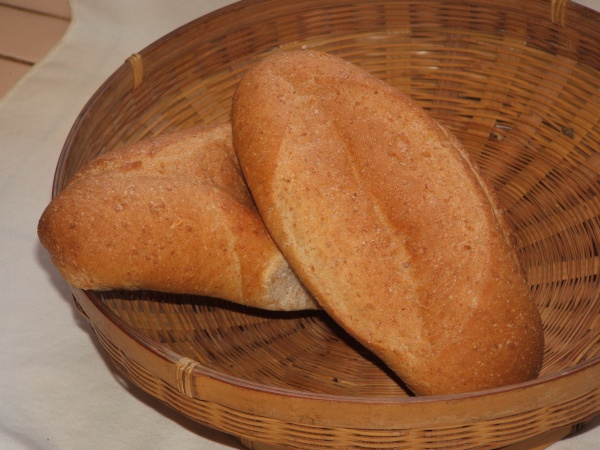Facts About Bolillo
A bolillo, also known as pan francés, is a cherished type of bread that originated in Mexico and has also gained popularity in Central America. Think of it as a shorter, slightly different version of the French baguette. Typically baked in a stone oven, bolillos feature a delightful crunchy crust and a soft, fluffy interior known as migajón. They measure about 15 centimeters in length and are oval-shaped, with a distinctive slash on top to allow steam to escape during baking.
Bolillos were first introduced to Mexico City in the 1860s by the cooks of Emperor Maximilian. The bread quickly spread across the country and became a staple in Mexican cuisine. You’ll often find bolillos used in making delicious tortas and molletes.
There are also some tasty variations of the bolillo. For instance, the telera is a softer and sometimes sweeter version. Other variations might include ingredients like whole wheat, wheat germ, or flax. Depending on where you are, bolillos might go by different names. In Yucatán, they’re called barras; in Guadalajara and Sonora, they’re known as birotes; and in various parts of Mexico, you might hear them referred to as pan blanco or pan francés.
In Central America, especially El Salvador, bolillos are also called pan francés. Panama has its own twist on this bread, known as flauta, which is longer, while their pan francés is a thinner, crustier baguette. In Brazil, a similar bread is known as pão francês or pão de sal, and in the Philippines, a comparable bread is called pan de sal.
Interestingly, in some regions of Mexico and the United States, "bolillo" is used as slang to refer to Anglos or pale-skinned individuals, similar to terms like gringo or gabacho. The connotation of this slang can vary based on context and location. Additionally, the phrase "puro bolillo" is a colloquial way of saying "only French bread" which is equivalent to the English slang term "zilch."

 Guatemala
Guatemala